Design is something my parents don’t get. Twenty years after I started my first design job at IDEO (and where I spent a dozen years in total, in three stints), they still struggle to explain to their friends just exactly what their son does. But not to worry - a year after co-founding the Design Institute for Health, a joint collaboration between the new Dell Medical School and the College of Fine Arts at UT here in Austin, my parents’ shorthand is now just “he’s a professor”, which is reassuringly respectable for a pair of immigrants in their 70’s.
Unlike my parents, industry has embraced design in ways I could never have imagined when I first started out. Some of the previous blog posts make that case better than I can. But, like my parents, there are still some holdouts, where design is not just unfamiliar, but sometimes still unknown.
Health (and more traditionally, healthcare) is one of those holdouts, but not necessarily because of a lack of desire. The regulations and boundary conditions that make our health industry so complex also serve as hurdles to the adoption of design as an agent of change. A confluence of truly unique circumstances here in Austin gives us the best chance in a generation to create a new model for what a modern health system can look like. And the creative approach to problem solving that is design is at the heart of the effort. We’re working hard to demonstrate the value of combining health and design.
In addition to a concerted effort focused on the industry of health, we’re also trying to use design to shape a complex system differently. At IDEO, most of our work focused on responding to specifications defined by executives or administrators, and then trying to be as creative as possible designing solutions within those constraints. Here in Austin, we’re forcing the system to ask questions differently of itself, challenging it to become a model of continuous experimentation and learning, and helping it to embrace uncertainty so that new solutions (beyond the usual suspects) can emerge. The output of that effort is less immediately tangible, but the eventual outcomes promise to have much bigger impact. We hope that what we learn can be applied to change in other complex systems.
Time will tell whether or not we’re successful at scale, but early indications are certainly encouraging. Importantly, an experiment at this grand scale could only happen in a city like Austin. Huzzah!
Stacey Chang serves as the Executive Director of the Design Institute for Health, a collaboration between the Dell Medical School and the College of Fine Arts at the University of Texas at Austin. It is a first-of-its-kind institution, dedicated to applying design approaches to solving systemic health care challenges as an integrated part of a medical education and training program. Until 2014, Stacey served as the Managing Director of the Healthcare practice at IDEO, the global design and innovation firm.
Check out the Fisterra Projects Studio Tour, organized by the Design Institute of Health, during Austin Design Week.


